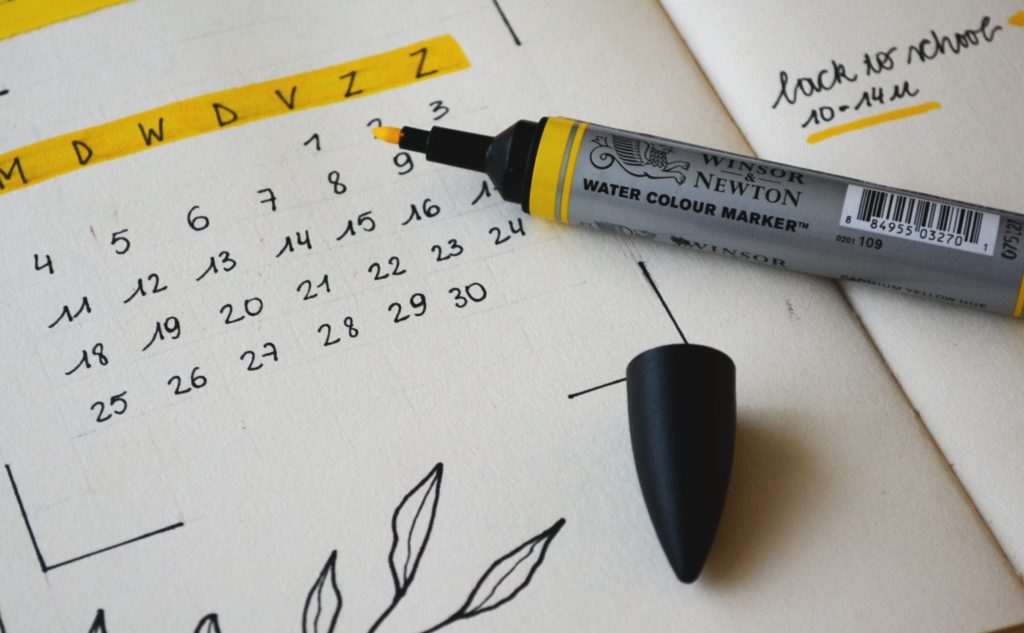What is the timetable here? When will I feel better? How do I get my life back together? These are some of the questions survivors of suicide loss ask after the first few months or even a couple of years post-loss. The good news is that there is a formula for navigating this kind of turbulent grief, but the bad news – and it’s not really bad – is each person’s path is unique, the specifics of healing in each situation are different, and what will help one person may not be what another person needs. Timetable? We can’t determine how long it will take ahead of time. But we can avoid grieving for a lifetime.
In earlier years, mourners were sometimes given a period of one year to do what they needed to do in order to recover from a significant loss: isolate with their sorrow, rest, wear black clothing or use some other tangible symbol of what they were going through, handle legal and financial matters, instigate a plan for moving forward, heal. Suicide, itself, was often viewed as taboo, which greatly complicated this process and brought additional and undeserved burdens.
Today, survivors can follow a similar formula for healing even if “the world” no longer recognizes the need to do so, with the knowledge that outdated ideas about suicide are being challenged. Self-care and rest, isolating at times, and using tangible symbols and resources like journals and counseling are part of the equation. Day by day, sometimes one moment at a time, the tangled path opens up with each discovery of what helps. While setbacks are normal, life keeps calling. There is an end to active grieving. That doesn’t mean an end to missing a loved one or regretting what happened, but the pain of grief softens and is no longer what it was.
Commonalities exist, and survivors are finding them and passing them along. Just this encouragement alone – seeing it is possible to reconstruct a life that is meaningful and joyful – has an effect similar to that of a life preserver being thrown to a man who is almost drowning in a very dark and stormy sea. Connecting like this, inspiring each other through words of understanding, compassion, and hope enable individuals to find their own way through the confusion of losing someone who is greatly loved in such a painful way. Many choose to honor their loved ones’ lives by doing something to help others in some way. Many find a connection or re-connection to God, in whose loving arms healing happens.
Adding the moments of hope to doing what is helpful to survival equals a new solution, a new life. A changed life, but a place where love outweighs the pain.




